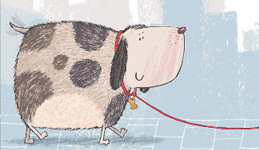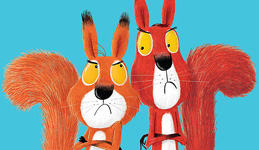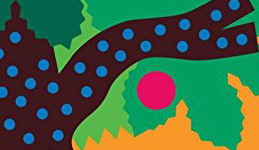ISBN: 9780141371344
“An autobiography is a book a person writes about his own life and it is usually full of all sorts of boring details.
This is not an autobiography. I would never write a history of myself. On the other hand, throughout my young days at school and just afterwards a number of things happened to me that I have never forgotten.
None of these things is important, but each of them made such a tremendous impression on me that I have never been able to get them out of my mind. Each of them, even after a lapse of fifty and sometimes sixty years, has remained seared on my memory.
I didn’t have to search for any of them. All I had to do was skim them off the top of my consciousness and write them down.
Some are funny. Some are painful. Some are unpleasant. I suppose that is why I have always remembered them so vividly. All are true.”
~ Roald Dahl

Preceding his book “Going Solo”, Roald Dahl recalls memories from his childhood right up to when he set out on his first job at the Shell Company. Going Solo takes over, as a second part of his life-story.
In this book, Boy (Tales of Childhood), Roald Dahl retells events that had a lasting imprint on his life, starting with his Norwegian grandfather, born in 1820, and his family, following some interesting events in his own father’s life – how his father and uncle ran away from home and set out for France to start a “good life” for themselves, making it big, becoming real prosperous. How his father started off as a shipbroker, in partnership with a friend, supplying ships with fuel, food, ropes, paints, soap, towels, hammers, nails and whatever other supplies they might need when it came into port.
He recalls how after his father’s death his family moved to Llandaff, where Roald started his school career, and he briefly tells what he could remember of that time – especially the prank he and his friends played on the local wretched shopkeeper (the “Great Mouse Plot of 1924”), and their horrible punishment for it, and how it caused him to have to go away to boarding school. He describes the ridiculous school uniforms he had to wear throughout his school career, the awful matrons and school headmasters and prefects, and how the brutal canings he and his schoolmates received caused him to “have doubts about religion and even about God”.
He takes the reader right back to the early 1900’s, when there were only a handful of people who owned a car, and how he almost lost his nose in their first accident; when long-distance travel mainly took place via train or boat, and took much longer to reach destinations; when simple medical operations took place on a person’s own living room table and mostly without anaesthetic; and when long-distance communication still had to take place by writing letters and sending them using the postal service.
He describes how and why he learned to write letters home on a weekly basis every time he was away from home, even into adulthood, and the book also includes snippets of the letters he wrote to his mom (which she collected) and photographs from the time in this story, which makes it a fantastic read! Hidden in them is the reason for the title of the book!
Never seen as a particularly talented writer in his school years, Roald did well to become famous for his children’s books, and in Boy he also tells where he got his inspiration to write the children’s book Charlie and the Chocolate Factory.
He also describes their family summer holiday trips to Norway, and how tight they were as a family. What is very touching is the way he describes his mother – a strong woman who knew how to handle things, fighting for her family – everything he tells of his mother will make any mother long to be such a woman and looked upon in such a way by her children – leaving a person wondering “how did she do it? – how did she manage?”
This book was written in 1984, 6 years before the “World’s number one storyteller” passed away.
PS. Mrs Pratchett’s former sweet shop, where the Great Mouse Plot of 1924 took place, has become a landmark, and it contains a blue plaque (a permanent sign installed in a public place in the United Kingdom and elsewhere to commemorate a link between that location and a famous person), commemorating the mischief played by young Roald Dahl and his friends, who were regular customers.







